2021 may not turn out well.
He’s hoping the world’s billionaires will donate their pandemic profits.

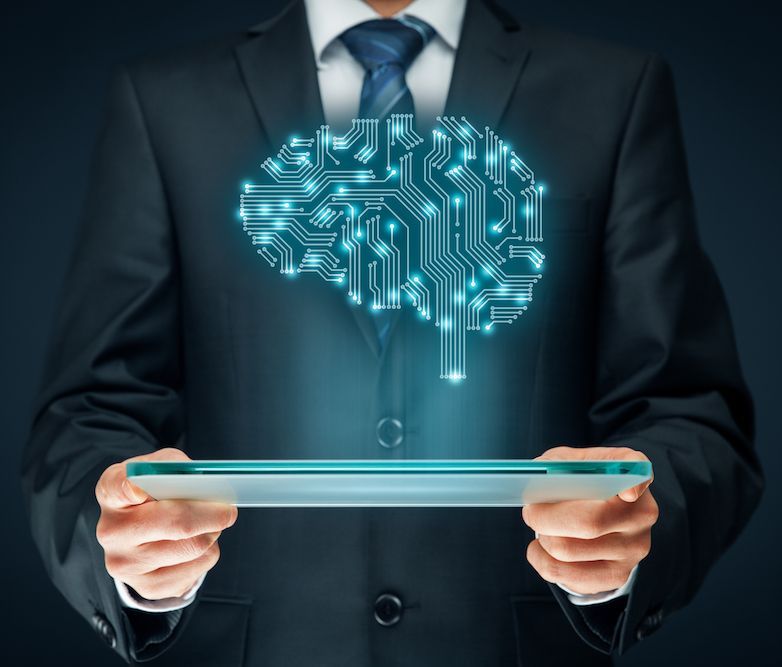
The use of artificial intelligence (A.I.) and machine learning (ML), technologies that help people and organizations handle customer personalization and communication, data analytics and processing, and a host of other applications continues to grow.
An IDC report found three-quarters of commercial enterprise applications could lean on A.I. by next year alone, while an Analytics Insight report projects more than 20 million available jobs in artificial intelligence by 2023.
Due to A.I. and ML’s transformational reach, specialists with the right skills could find themselves with job opportunities across a wide range of industries. A global skills gap in the technologies means qualified applicants can expect good salaries and a strong bargaining position.

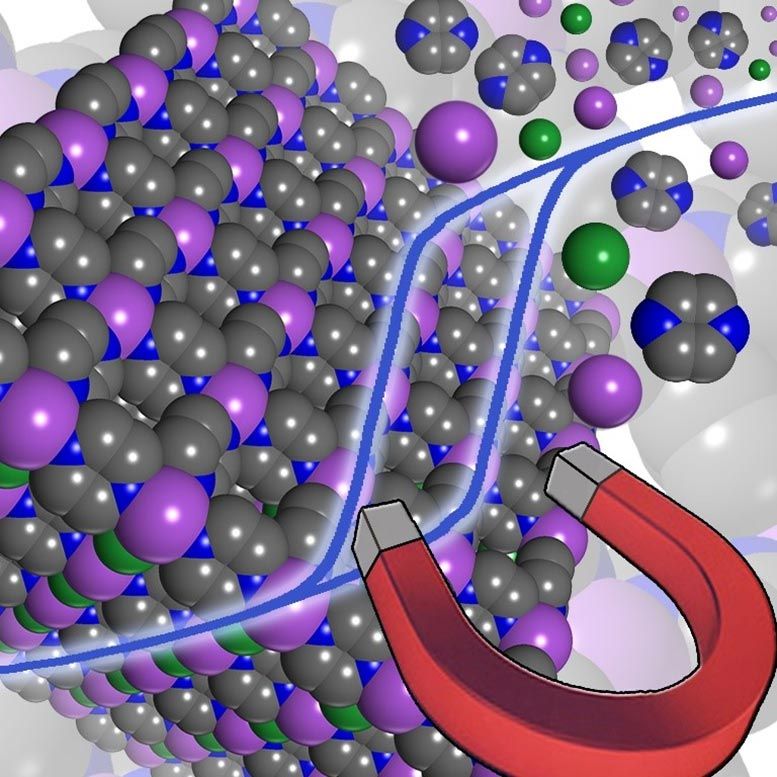
Magnets are to be found everywhere in our daily lives, whether in satellites, telephones or on fridge doors. However, they are made up of heavy inorganic materials whose component elements are, in some cases, of limited availability.
Now, researchers from the CNRS, the University of Bordeaux and the ESRF (European Synchrotron Radiation Facility in Grenoble)[1] have developed a new lightweight molecule-based magnet, produced at low temperatures, and exhibiting unprecedented magnetic properties.
This compound, derived from coordination chemistry[2], contains chromium, an abundant metal, and inexpensive organic molecules. This is the first molecule-based magnet that exhibits a ‘memory effect’ (i.e. it is capable of maintaining one of its two magnetic states) up to a temperature of 240 °C. This effect is measured by what is known as a coercive field, which is 25 times higher at room temperature for this novel material than for the most efficient of its molecule-based predecessors. This property therefore compares well with that of certain purely inorganic commercial magnets.

The Marine Corps has put a lot of emphasis on countering China, but tens of thousands of East Coast leathernecks have their sights set on another part of the world.
Members of II Marine Expeditionary Force wrapped up a training exercise last week that ran from North Carolina to New York. The Marines were tasked with taking back territory in a friendly country that was invaded by a near-peer adversary.
It’s a scenario not unlike Russia’s effective annexation of Ukraine’s Crimean Peninsula in 2014.
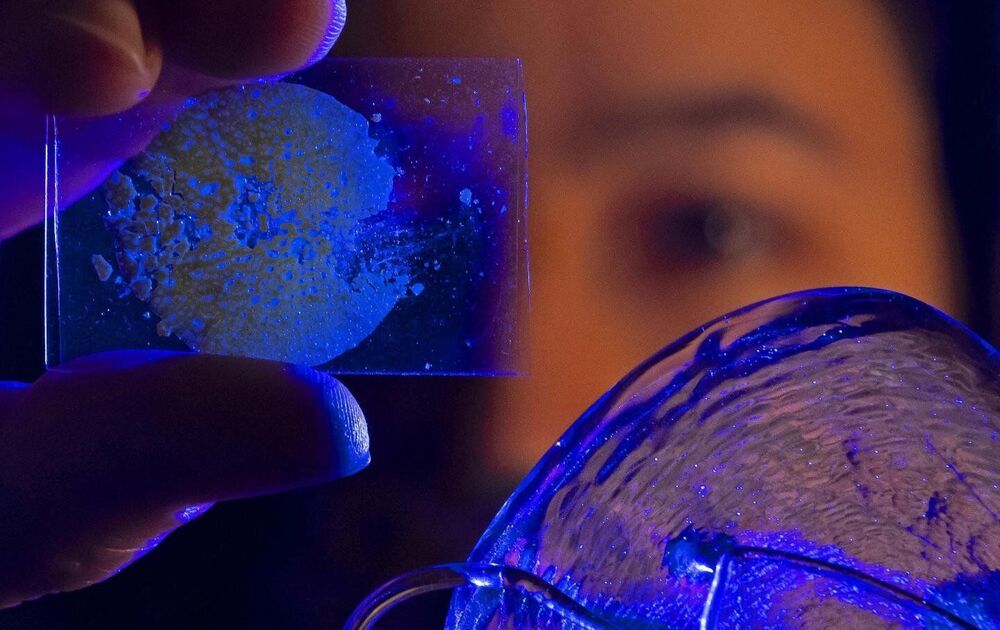
Cambridge/Jena (16.11.2020) Linkages between organic and inorganic materials are a common phenomenon in nature, e.g., in the construction of bones and skeletal structures. They often enable combinations of properties that could not be achieved with just one type of material. In technological material development, however, these so-called hybrid materials still represent a major challenge today.
A new class of hybrid glass materials
Researchers from the Universities of Jena (Germany) and Cambridge (GB) have now succeeded in creating a new class of hybrid glass materials that combine organic and inorganic components. To do this, the scientists use special material combinations in which chemical bonds between organometallic and inorganic glasses can be generated. They included materials composed of organometallic networks—so-called metal-organic frameworks (MOFs)—which have recently been experiencing rapidly increasing research interest. This is primarily because their framework structures can be created in a targeted manner, from the length scale of individual molecules up to a few nanometers. This achieves a control of porosity which can be adapted to a large number of applications, both in terms of the size of the pores and their permeability, and in terms of the chemical properties prevailing on the pore surfaces.

Interesting.
The building blocks of life can form even before there are stars or planets, a team of researchers have found in a study.
The new research looked at “dark chemistry”, or the ways that new kinds of materials can form without energetic radiation.
They were able to simulate the conditions that govern chemistry in space, before the stars and planets that today surround us are formed, and there are instead dense interstellar clouds that will eventually go on to form those more solid objects.

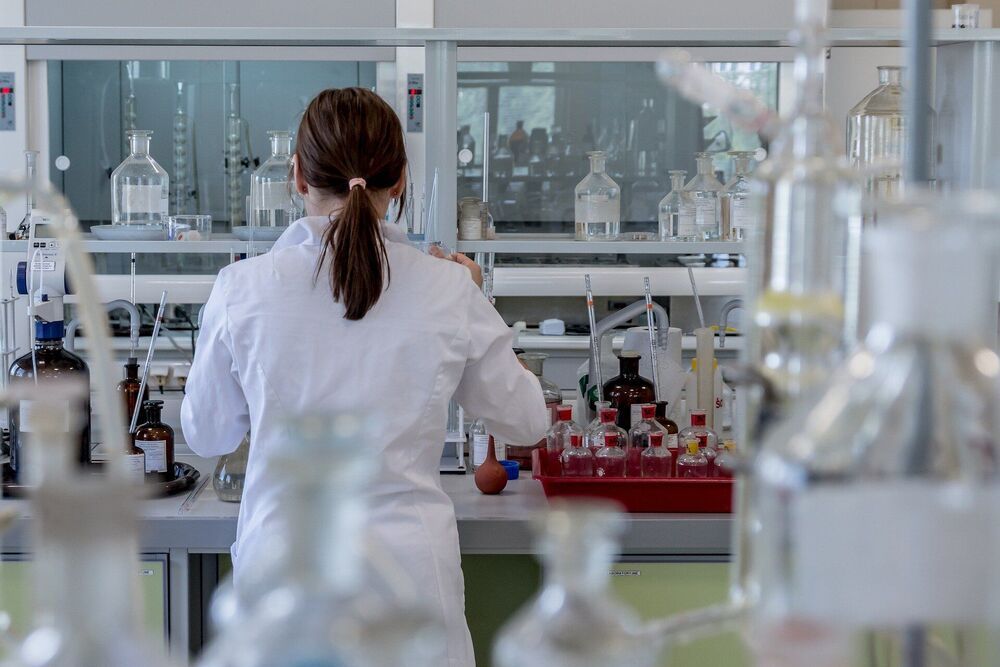
NAD+ (nicotinamide adenine dinucleotide), a key metabolite central to an efficient and healthy metabolism, declines with age. This previously unexplained phenomena is associated with numerous age-related diseases and has spawned the development of many nutritional supplements aimed at restoring NAD+ to more youthful levels. Publishing in Nature Metabolism, researchers at the Buck Institute have identified chronic inflammation as a driver of NAD+ decline. They show that an increasing burden of senescent cells, which is also implicated in the aging process, causes the degradation of NAD via the activation of CD38 (cyclic ADP ribose hydrolase) a protein that is found on the cell membranes both inside and on the surface of many immune cells.
“We are very excited to link two phenomena which have been separately associated with aging and age-related disease,” said Eric Verdin, MD, Buck Institute President and CEO and senior author of the paper. “The fact that NAD+ decline and chronic inflammation are intertwined provides a more holistic, systemic approach to aging and the discovery of CD38 macrophages as the mediator of the link between the two gives us a new target for therapeutic interventions.”
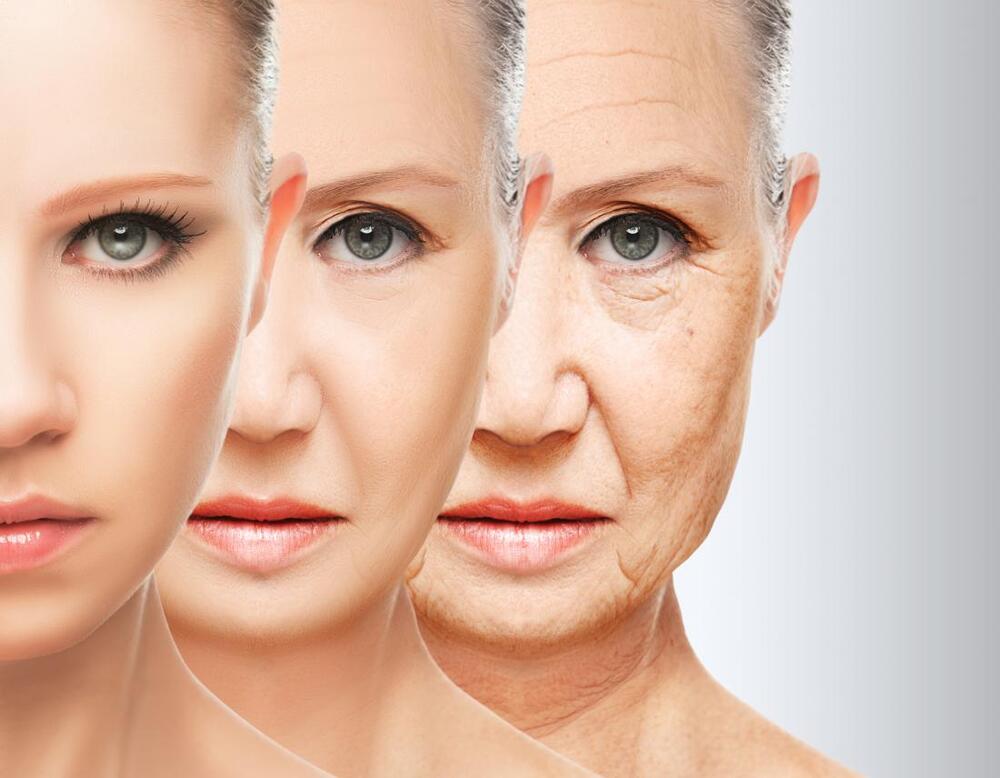
AgelessRx claims that PEARL is the first nationwide telemedicine trial and one of the first large-scale intervention trials on Longevity. The human trial is a stepping stone to the way to bringing rapamycin to the Longevity market. PEARL (Participatory Evaluation of Aging with Rapamycin for Longevity) is a $600,000 trial with the University of California. They will evaluate the safety and effectiveness of rapamycin in 200 healthy adults for Longevity in double-blind, randomized, placebo-controlled trial.
Interested patients will be screened for eligibility using telemedicine. Eligible patients include those aged 50–85 of any sex, any ethnicity, in relatively good health, with only well-managed, clinically stable chronic diseases.
TAME is a separate $75 million trial to clinically evaluate Metformin drugs for Longevity properties. TAME has a composite primary endpoint – of stroke, heart failure, dementia, myocardial infarction, cancer and death. Rather than attempting to cure one endpoint, it will look to delay the onset of any endpoint, extending the years in which subjects remain in good health – their healthspan. A $40 million donation has been combined with a $35 million NIH grant to fund the TAME trial.